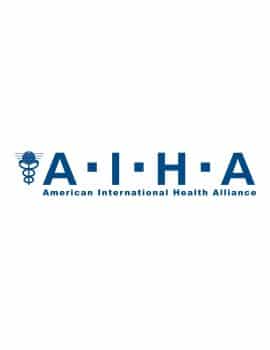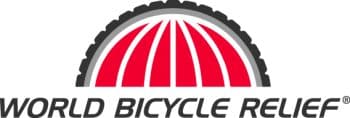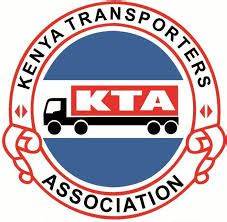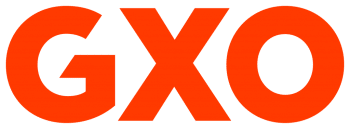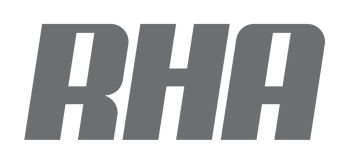Reports and Research Papers

GAVI Study – Outsourcing the Distribution Component of Vaccine and Medicine Supply Chains
Many government supply chains operate with limited transport capacity, which limits their ability to make last mile deliveries, and results in health workers collecting commodities from the next tier in the supply chain. Outsourcing is often used as a means to improve efficiencies, access new capabilities or access additional capacity, which has yielded successful results in some cases. Outsourcing is also an option when financing for an asset is not available which this is becoming an increasingly important issue now as donors are reluctant to pay for warehouses and trucks for Central Medical Stores (CMS).
This report focuses on how to outsource the physical distribution of vaccines and medical products to a private sector Logistics Service Provider (LSP) in sub-Saharan Africa. It analyses existing approaches to outsourcing, the challenges encountered and lessons learned. A number of outsourcing examples have been identified within the focus countries of Uganda, Zambia, Mozambique, Senegal, Nigeria, Ghana, Kenya, Tanzania and Malawi. These primarily focus on the distribution of ambient medical products, and incorporate many elements of vertical supply chains such as those part of the government operated CMS supply chain. There are just two examples of outsourced vaccine logistics that have been identified, a public private partnership in South Africa, and one in Nigeria.
The framework has been designed specifically to assist government operated CMS vaccine and medical supply chains in outsourcing distribution services. The report uses templates and documents to describe how to manage an outsourcing in a structured manner. It also includes a practical toolkit to assist government operated CMS vaccine and medical supply chains in the outsourcing of distribution services. The Outsourcing Framework begins with a list of considerations for outsourcing and explains the process from creating a project plan and RFP, through contracting to implementation and business as usual.
Please click below to download the full report.

